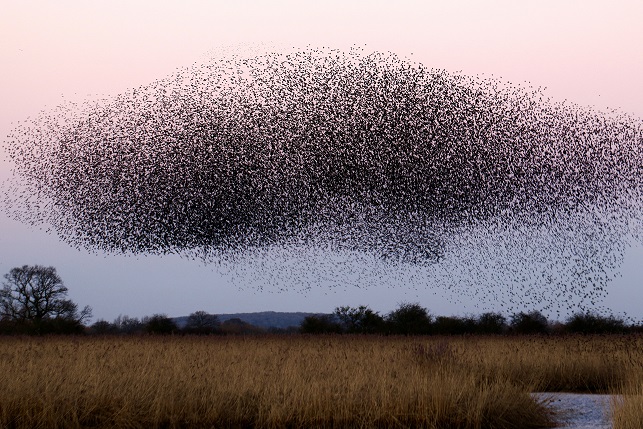No products in the cart.

Sinarooyesh, Innovation in Agriculture, Health for the Future.

Sinarooyesh, Innovation in Agriculture, Health for the Future.

Climate conditions and agricultural practices may create a suitable environment for the increase of insects. Heavy rainfall and warm weather can combine with organic materials such as decomposed manure in fields, creating an ideal setting for flies to lay eggs, leading to the emergence and rapid growth of larvae.According to Euronews, when manure is directly spread on soil that remains undisturbed for weeks, it provides a breeding ground for flies.Flies are inactive in winter when temperatures drop below freezing; however, with warmer winters, they reproduce more throughout the year. Thus, mild winters create favorable conditions for insect growth since there is no frost, making it conducive for insects to thrive.
Increase in Carbon Dioxide Levels
Global carbon dioxide levels are currently high and are expected to continue rising. While increased CO2 does not directly affect insects, it can alter the nutritional quality and chemistry of plants.For example, recent research indicates that rising CO2 levels have reduced the nutritional quality of plant tissues by decreasing the concentration of protein and specific amino acids in leaves.A study on dung beetles found that elevated CO2 levels could impact insect growth and reduce their populations.Temperature Increase
Temperature regulates the physiology and metabolism of insects. Rising temperatures lead to increased physiological activity and consequently higher metabolism. Insects must eat more to survive, and herbivorous insects are expected to consume more and grow faster.Therefore, increasing temperatures result in higher population growth rates for some insects, as they will grow rapidly and reproduce more, potentially multiplying their numbers several times over, ultimately leading to greater crop damage.Increased temperatures can also expand the geographical distribution of many insect pests northward and to higher elevations.Drought and Flooding
Climate change alters precipitation patterns, leading to droughts and heavy rainfall. These environmental stressors affect plant productivity, chemistry, defense mechanisms, nutritional quality, palatability, and digestibility.As a result, insects consume more plants, which can lead to increased crop damage.On the other hand, increased rainfall can support fresh vegetation (food for insects) and facilitate insect population aggregation.For instance, as observed with desert locusts, prolonged rain allows them to feed, multiply in numbers, and disperse.
All insects have natural enemies or predators. For example, the corn borer—a significant pest in Africa—has several natural enemies. These predators help reduce insect populations and thus lessen the need for pesticides for pest control.However, it is important to note that if predators are affected by climate change in various ways, their numbers will decline, leading to an increase in insect populations.Additionally, due to climate change, both the distribution range of crops and insects will change. As they seek suitable conditions, insects will move into new areas lacking their natural enemies, resulting in population growth and consequently more damage to crops.Storms—resulting from climate change—can also reduce the reproduction rates of insects and prevent overcrowding.
Farmers increasingly use more pesticides in an effort to manage pest outbreaks, which can enhance the potential for resistance development against insecticides.As insect pest populations become increasingly resistant to pesticide applications, pesticide use also rises—creating a cycle of increasing reliance on chemical applications in managed systems.Moreover, excessive fertilizer use contributes to increased plant growth and vigor as well as nutritional quality of plant tissues that insects feed on, further aiding insect population growth.Organic farming encourages maximum utilization of natural biological processes for farm management concerning soil fertilization and pest control without relying on synthetic fertilizers, pesticides, or growth stimulants for plants or animals.All these practices lead to increased diversity of arthropods, particularly soil-dwelling insects. Intercropping, cover crops, and hedgerows—common practices in organic farms—provide alternative habitats for arthropod communities.Refugia (areas that support a population separated from a broader species) also serve as good food sources for pollinators in terms of pollen grains and nectar.Interactions among various plant and animal species (weeds, birds, mammals) found in organic agricultural ecosystems significantly impact the abundance and diversity of insects.Studies have also shown that organic farms host richer communities of immobile organisms (plants and worms) compared to conventional farms.